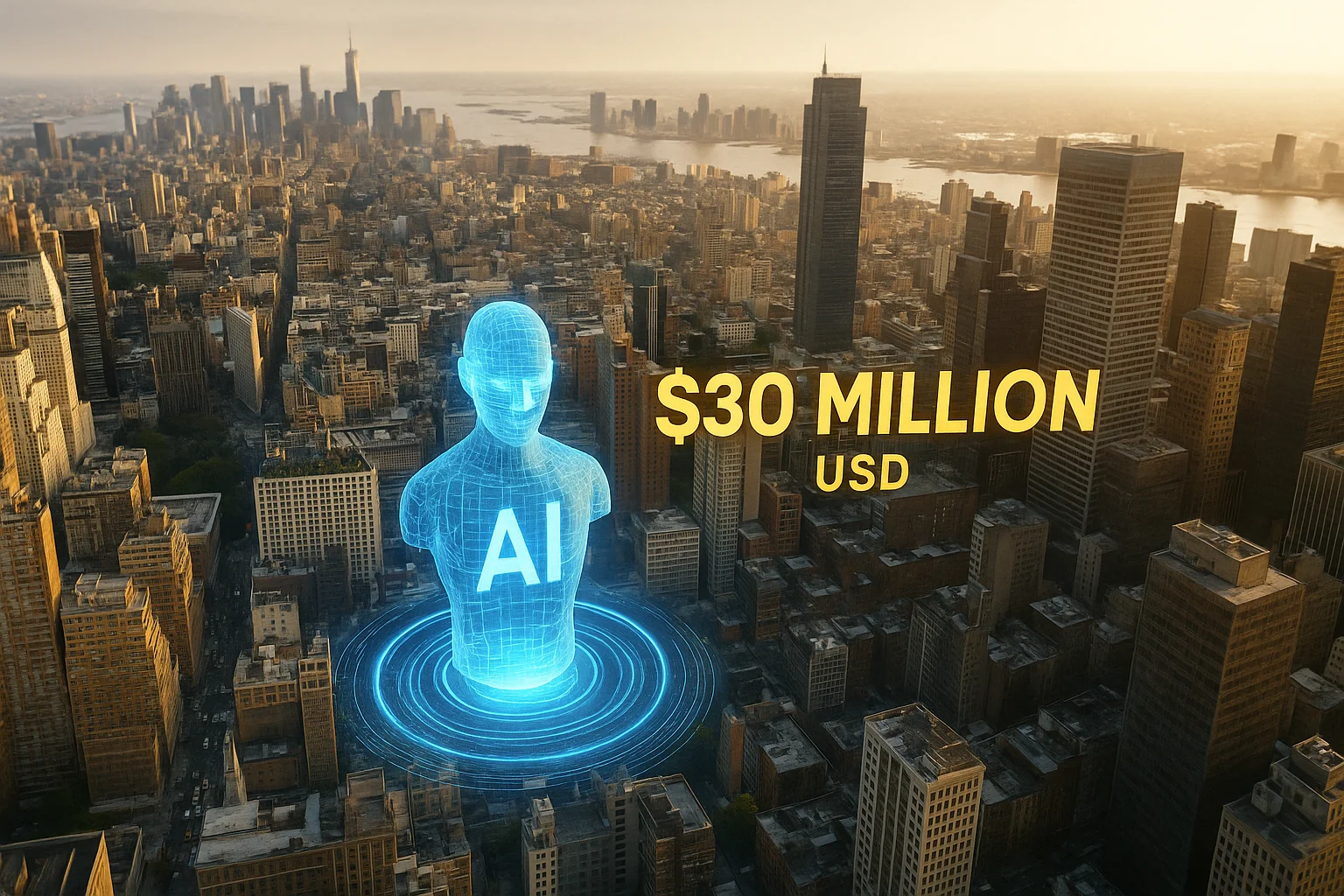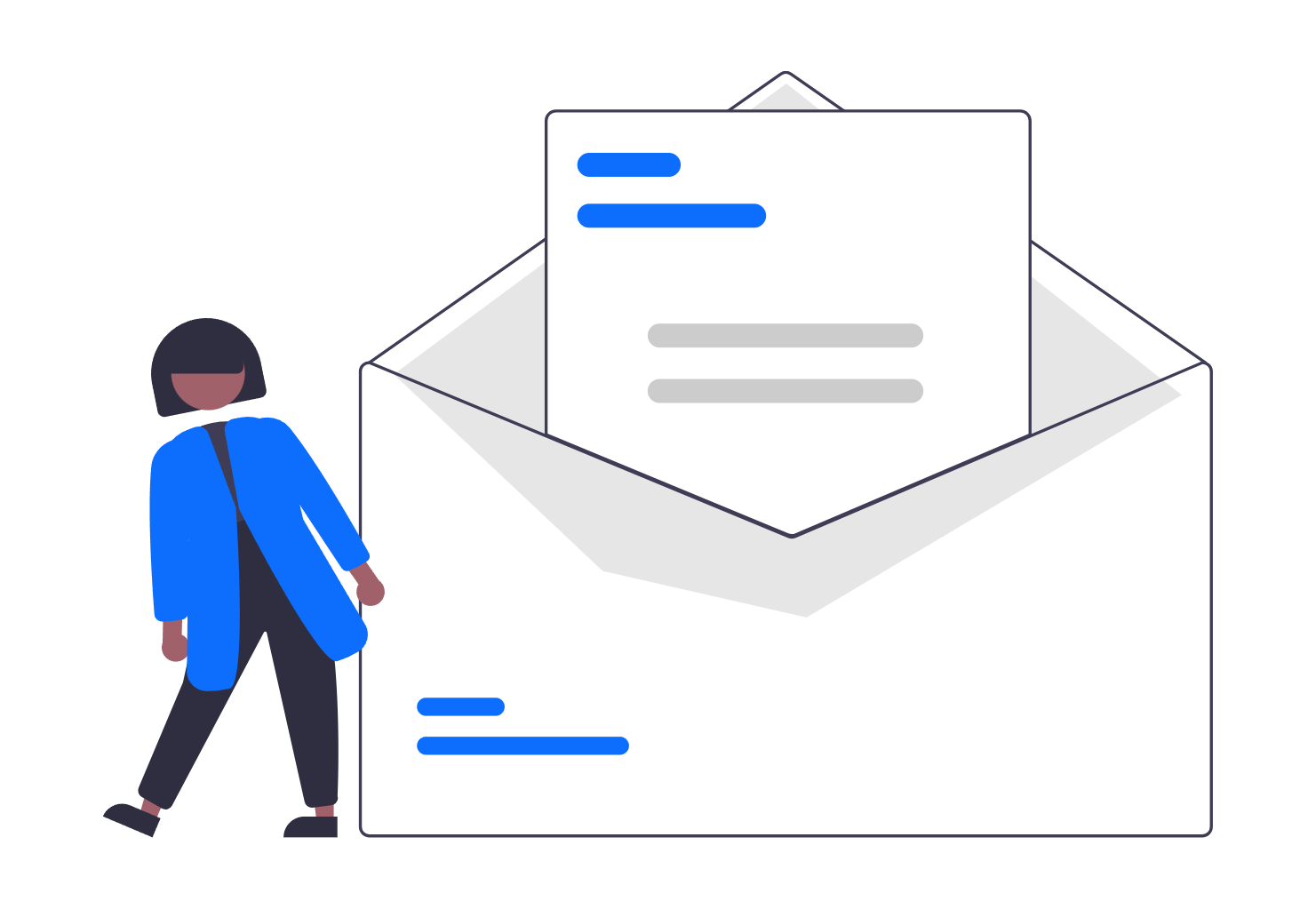
Palo Alto Networks Gains Momentum with AI Security Breakthroughs as Threats Grow Smarter

AI Cybersecurity Breakthroughs as Threats Grow Smarter. SANTA CLARA, CA — Palo Alto Networks, a global leader in cybersecurity, is making waves with the launch of two powerful new AI-powered tools: Cortex XSIAM 3.0 and Prisma AIRS. These innovations are designed to help businesses stay ahead of sophisticated cyberattacks driven by artificial intelligence. Thanks to these strategic updates, Palo Alto’s stock has broken into a technical “buy zone,” signaling strong confidence from investors.
The excitement doesn’t stop there. Alongside these cutting-edge tools, the company reported impressive financial performance and announced its acquisition of Protect AI, a startup specializing in securing AI infrastructure. This move highlights Palo Alto’s serious commitment to evolving cybersecurity with AI at the core (AI Cybersecurity). CEO Nikesh Arora emphasized that this new approach allows customers to stop threats before they can cause damage—marking a major shift from reactive to proactive security.
As AI continues to reshape how businesses operate, it’s also making cyber threats more dangerous and harder to detect. Attackers now use AI to automate phishing campaigns, create deceptive content, and exploit system weaknesses in ways that traditional tools can’t handle.
Palo Alto Networks recognizes this transformation and is responding with a platform-based approach that brings together different parts of the security process under one AI-powered system. The goal is to make it easier for security teams to act quickly and smartly, using automation to reduce human workload and eliminate delays that attackers can exploit.
This AI Cybersecurity shift is especially important as organizations of all sizes struggle with limited cybersecurity staff and growing amounts of data to protect. A unified AI system can reduce noise, prioritize real threats, and act in real time, providing a huge advantage.
AI Cybersecurity key & details
🔐 New AI Cybersecurity Tools:
- Cortex XSIAM 3.0 is a next-generation security operations platform. It dramatically cuts down false alarms—by as much as 99%—and can respond to incidents in seconds. It merges exposure management and advanced email security into a single AI-driven solution.
- Prisma AIRS is focused on safeguarding the AI lifecycle itself. It protects AI apps, data, and models from attacks, providing real-time threat blocking, proactive scanning, and full visibility into AI system health and posture and it gives a great representation of AI Cybersecurity.
💼 Protect AI Acquisition:
- Palo Alto is acquiring Protect AI, a company that brings expertise in runtime defense and AI posture security. This acquisition, estimated between $650 million and $700 million, adds talent and tools to help Palo Alto secure AI models used in the enterprise.
- The deal is expected to close by the end of the fiscal quarter and will allow Palo Alto to offer the most complete AI defense suite in the market.
📊 Strong Financial Results:
- The company reported $2.9 billion in revenue in Q3 FY2025, up 15% year-over-year.
- Net earnings per share rose 21%, reaching $0.80—beating Wall Street estimates.
- Shares jumped above a technical “buy point” of $195.42 and are now trading around $202, close to the company’s 52-week high. Analysts expect more upside as momentum builds.
AI Cybersecurity Analysis & Impact

AI Cybersecurity industry is undergoing a major shift, and Palo Alto Networks is leading the way by investing heavily in AI-powered defense. As more companies adopt AI tools to improve productivity and automate tasks, they also need to protect these systems from being exploited.
Palo Alto’s solutions are designed to close this gap. By integrating threat detection, prevention, and response into a single AI-driven platform, the company is simplifying cybersecurity while improving effectiveness. This helps businesses cut costs, reduce alert fatigue, and avoid devastating breaches.
A key trend here is the movement away from separate, disconnected tools toward unified systems that offer total visibility and automated response. Palo Alto’s strategy supports this evolution, and its strong product adoption suggests that enterprises are ready for a smarter, more integrated approach to security.
Case Study: CBTS & State of Louisiana
CBTS, a major IT service provider, recently adopted Cortex XSIAM and reported a massive 90% reduction in alert fatigue among analysts. By filtering out non-urgent threats, security teams could focus only on real dangers.
The State of Louisiana experienced similar success. After deploying Cortex XSIAM, it reduced incident response times from hours to less than a minute. This allowed the state to protect critical infrastructure and maintain continuity during recent threat events.
Both organizations cited Palo Alto’s AI-based automation as a game changer for efficiency and accuracy.
Polo Alto Networks innovations in security operation platform, Cortex XSIAM 3.0 and Prisma AIRS in order to countering threats before they materialize is the definition of automated defense in the path forward. Looking on AI Innovations everywhere, if you don’t want AI replace you. It is crucial for us to understand how to use AI. Many platforms out there are available to learn about AI, and one of them is just where you read this article Right now.
Sources & References:
- Investors.com – Reports on Palo Alto Networks’ AI strategy and stock performance
- Palo Alto Networks blog and Q3 FY2025 earnings report
- TD Cowen’s analysis on the Protect AI acquisition
- IBhttps://www.investors.com/D Breakout Stocks Index and technical chart updates
Palo Alto Networks is redefining what cybersecurity looks like in the age of artificial intelligence. With the release of Cortex XSIAM 3.0 and Prisma AIRS, plus its bold acquisition of Protect AI, the company is betting big on automated, proactive defense.
As threats become smarter and faster, Palo Alto is proving that the best response is to stay one step ahead. The real question now is: will other cybersecurity firms follow their lead, or will Palo Alto set the gold standard in AI-secure systems?
Join the conversation—should more companies be using AI to fight AI threats? Let us know what you think and subscribe to AI Brief Now for deeper insights on tech, cybersecurity, and innovation.








